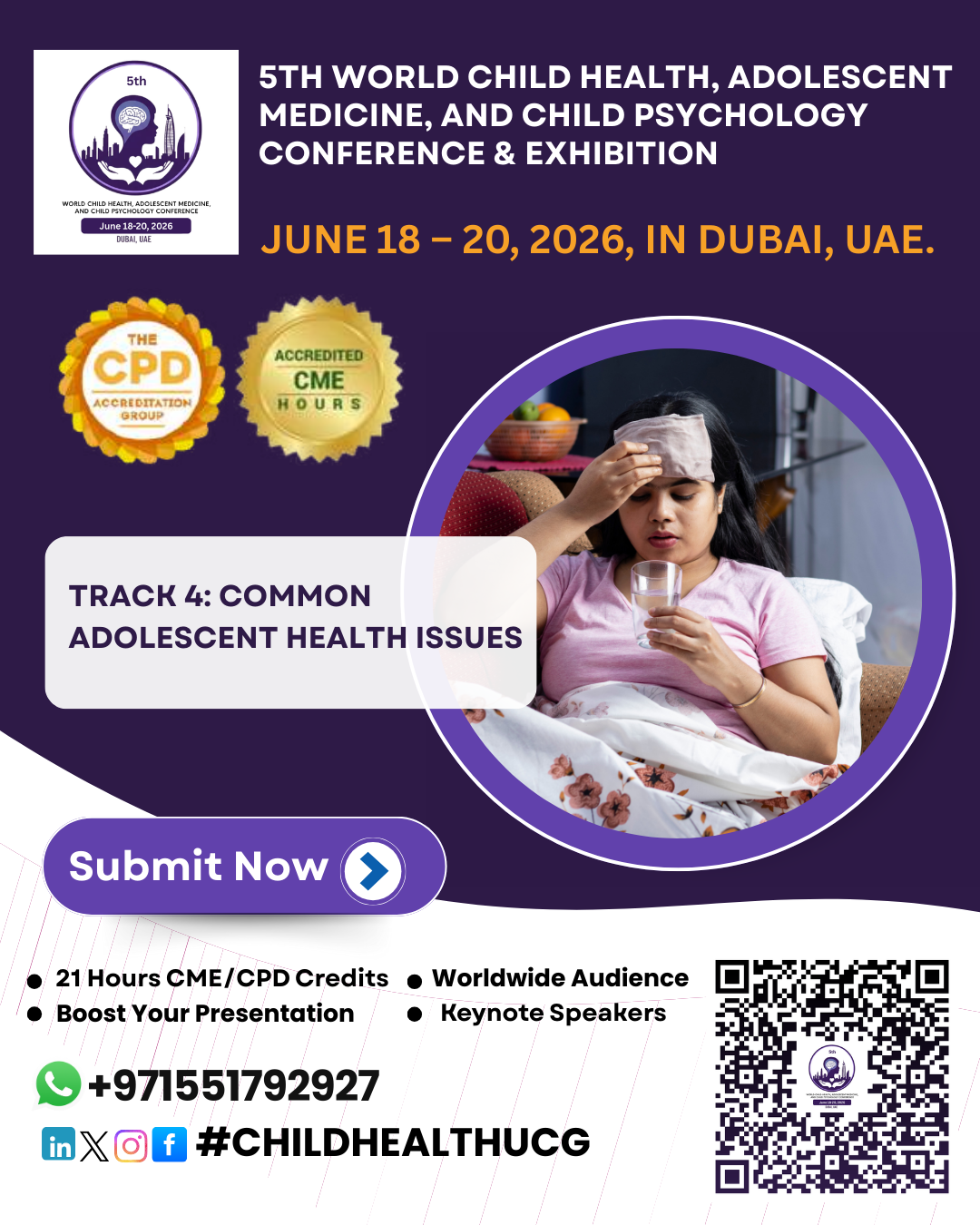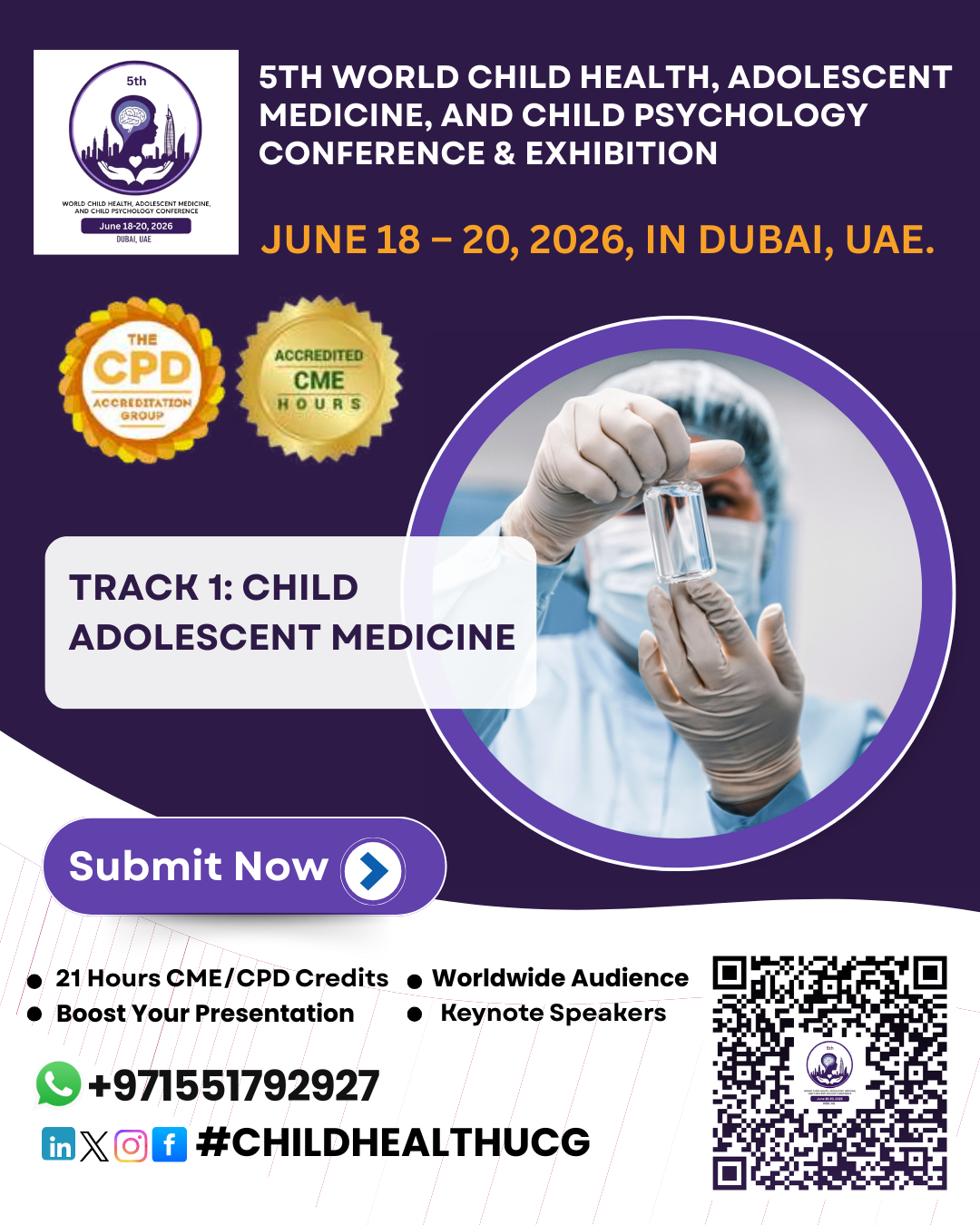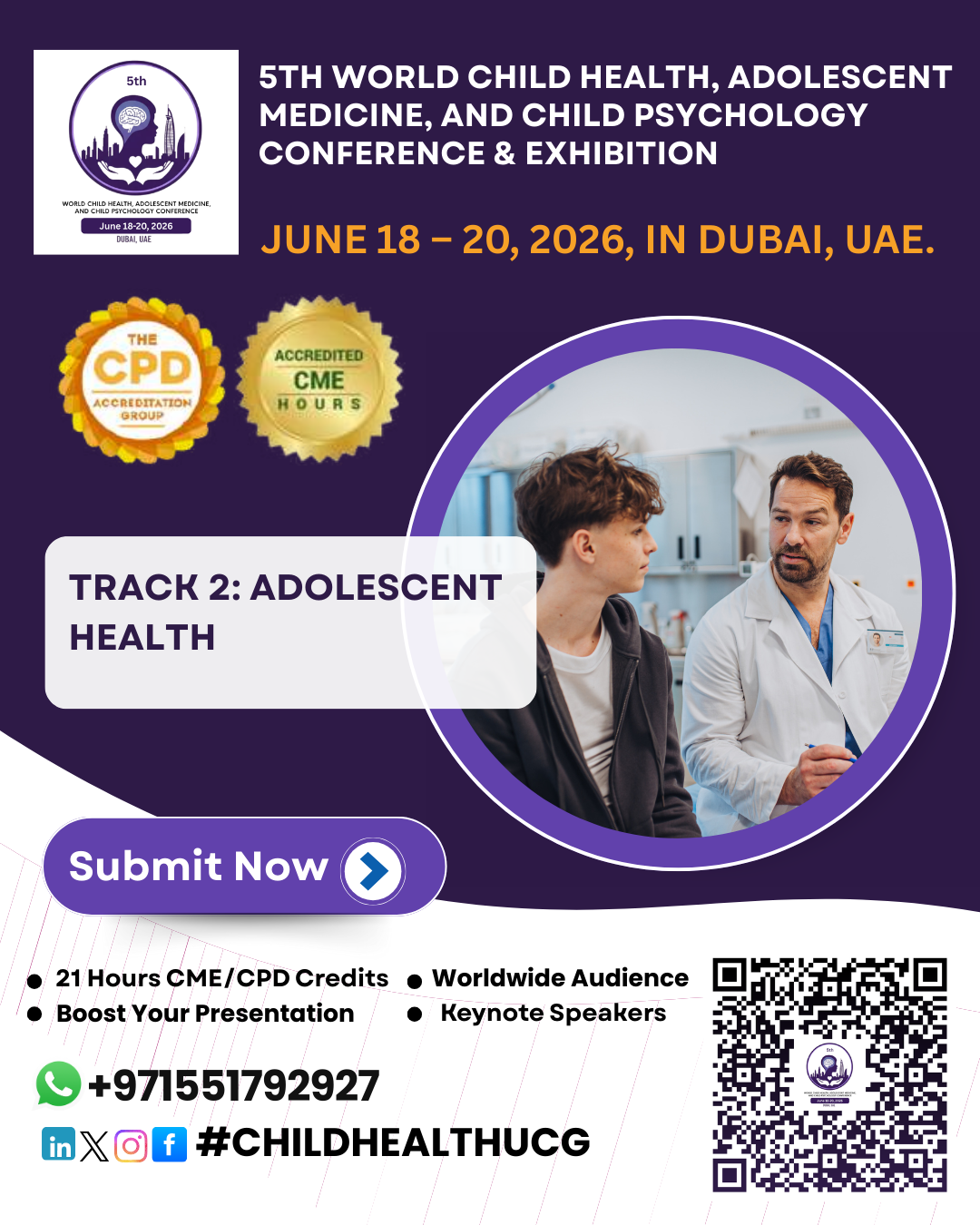



Sub Topics:
Adolescent Health, Pediatric Cardiology, Pediatric...

What is Adolescent Health?
Adolescent health focuses on the physical, mental,...

Adolescence is a time of significant physical, emotional, and social change. As young people transition from childhood to adulthood, they may experience a range of health issues, some of which are unique to this developmental stage. Below are some common adolescent health issues:
Mental
Health Disorders
Depression:
Adolescents may experience feelings of sadness,
hopelessness, or a lack of interest in daily activities. If untreated,
depression can lead to long-term mental health challenges.
Anxiety Disorders:
Stress, social pressures, and academic concerns can lead to anxiety, which can manifest as panic attacks, excessive worry, or avoidance behaviors.
Suicidal Ideation and Self-Harm:
Adolescents facing mental health challenges may engage in self-harm or
contemplate suicide. Mental health support is essential for prevention and
intervention.
Substance
Use and Abuse
Alcohol and Drug Use:
The use of substances such as
alcohol, marijuana, or prescription drugs is a concern for many adolescents,
often leading to addiction, poor academic performance, and risky behaviors.
Vaping and Tobacco Use:
Nicotine addiction is rising among
adolescents, particularly with the increase in vaping. This behavior can affect
respiratory health and lead to long-term addiction.
Eating
Disorders
Anorexia Nervosa:
A psychological disorder
characterized by an intense fear of gaining weight and restrictive eating
behaviors, leading to significant weight loss and malnutrition.
Bulimia Nervosa:
Involves episodes of binge eating
followed by purging, either through vomiting or excessive exercise, often as a
coping mechanism for emotional distress.
Binge Eating Disorder:
Characterized by recurrent episodes of consuming large amounts of food in a short time, leading to feelings of loss of control, shame, and emotional distress.
Sexual
Health and Reproductive Issues
Sexual Activity and Contraception:
Adolescents may face challenges around sexual behavior, including pregnancy
prevention and safe sexual practices.
STIs (Sexually Transmitted Infections):
With increasing sexual activity among adolescents, the risk of STIs such as
chlamydia, gonorrhea, and HPV is a significant concern.
Menstrual Disorders:
Some adolescents experience
irregular periods, heavy bleeding, or painful menstruation, which can interfere
with their daily activities.
Obesity
and Physical Health Concerns
Obesity:
Sedentary lifestyles, poor diet choices, and genetic
factors can lead to obesity, which is associated with an increased risk of
diabetes, cardiovascular diseases, and other long-term health problems.
Physical Inactivity:
The rise of screen time and lack of physical exercise is contributing to a decline in adolescent physical activity, leading to obesity and poor cardiovascular health.
Risky
Behavior and Peer Pressure
Reckless Driving:
Many adolescents engage in
dangerous driving behaviors, such as speeding, distracted driving, or driving
under the influence of substances.
Violence and Aggression:
Peer pressure and exposure to violence may lead to bullying, fighting, or involvement in gangs, which can have lasting psychological and physical effects.
Developmental
and Identity Issues
Body Image Concerns:
Adolescents may become overly
concerned with their appearance due to peer or societal pressure, leading to
body dissatisfaction, low self-esteem, and eating disorders.
Gender and Sexual Identity:
Adolescents are in the process of
forming their gender and sexual identity, which can be a source of confusion,
conflict, or discrimination for some.
Academic and Career Pressure:
The transition to high school and
the pressure to perform academically or decide on a career path can contribute
to stress and anxiety.
Chronic
Illnesses and Conditions
Asthma:
Adolescents with asthma may experience frequent flare-ups,
particularly when exposed to allergens or during physical activities.
Diabetes:
Type 1 or Type 2 diabetes can emerge in adolescence,
requiring careful management of diet, exercise, and insulin therapy to avoid
complications.
Chronic Pain or Migraines:
Adolescents with conditions like juvenile arthritis or chronic headaches may struggle with managing pain, which can impact their daily life and social functioning.